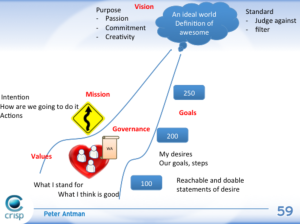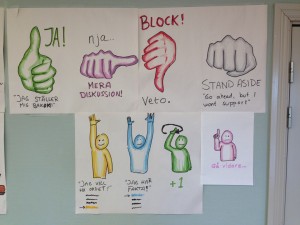The Pirate Ship is a workshop format that will help you grow amazing teams. It is “speed boat” on steroids. I have now been using it for a couple of years, and the time have come to share this useful and productive format.
I do a lot of workshops with teams. Very often the workshops are about the teams themselves. It can be anything from getting a newly started team up and running to helping a mature and stable team find new inspiration and challenges.




